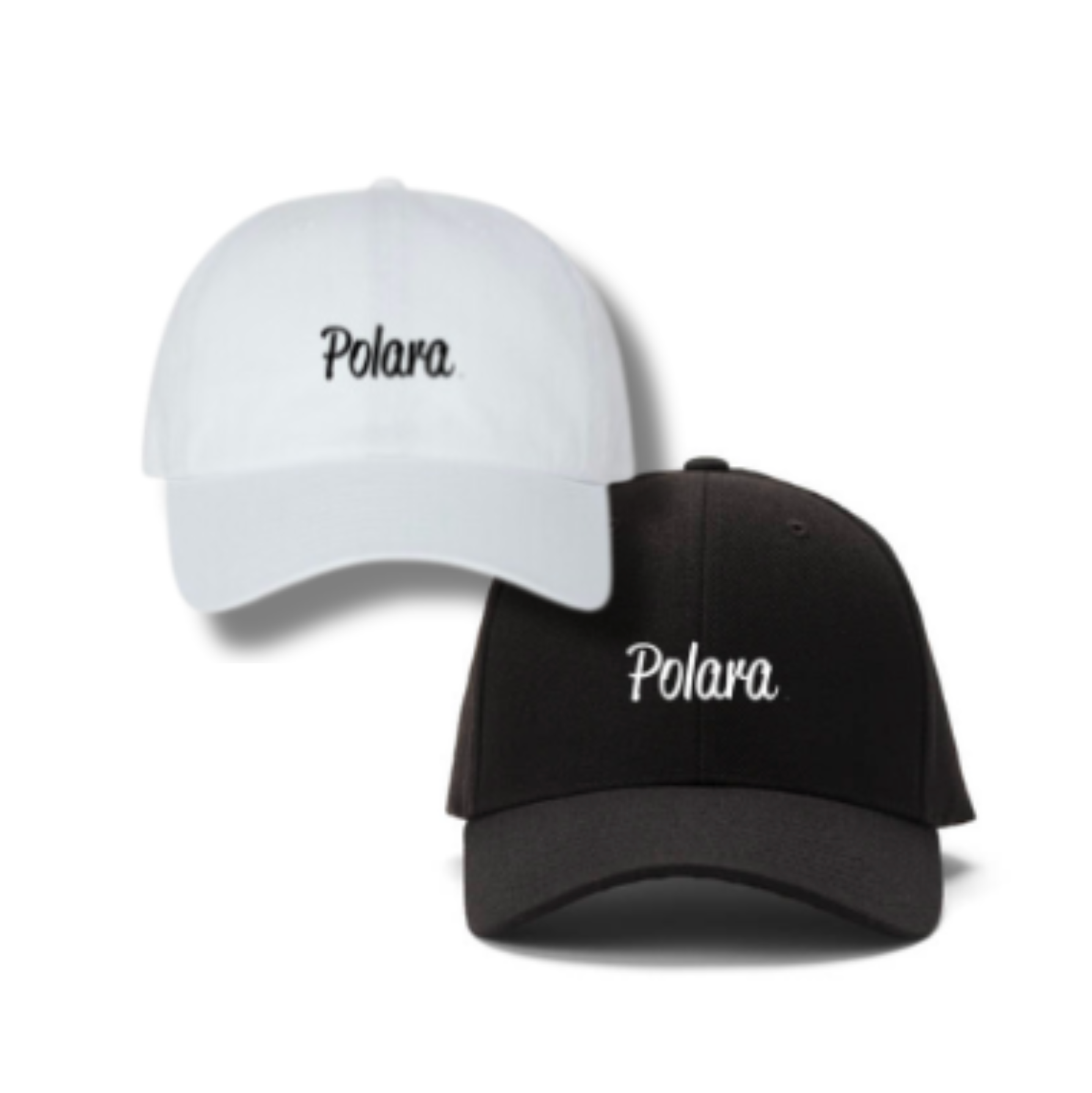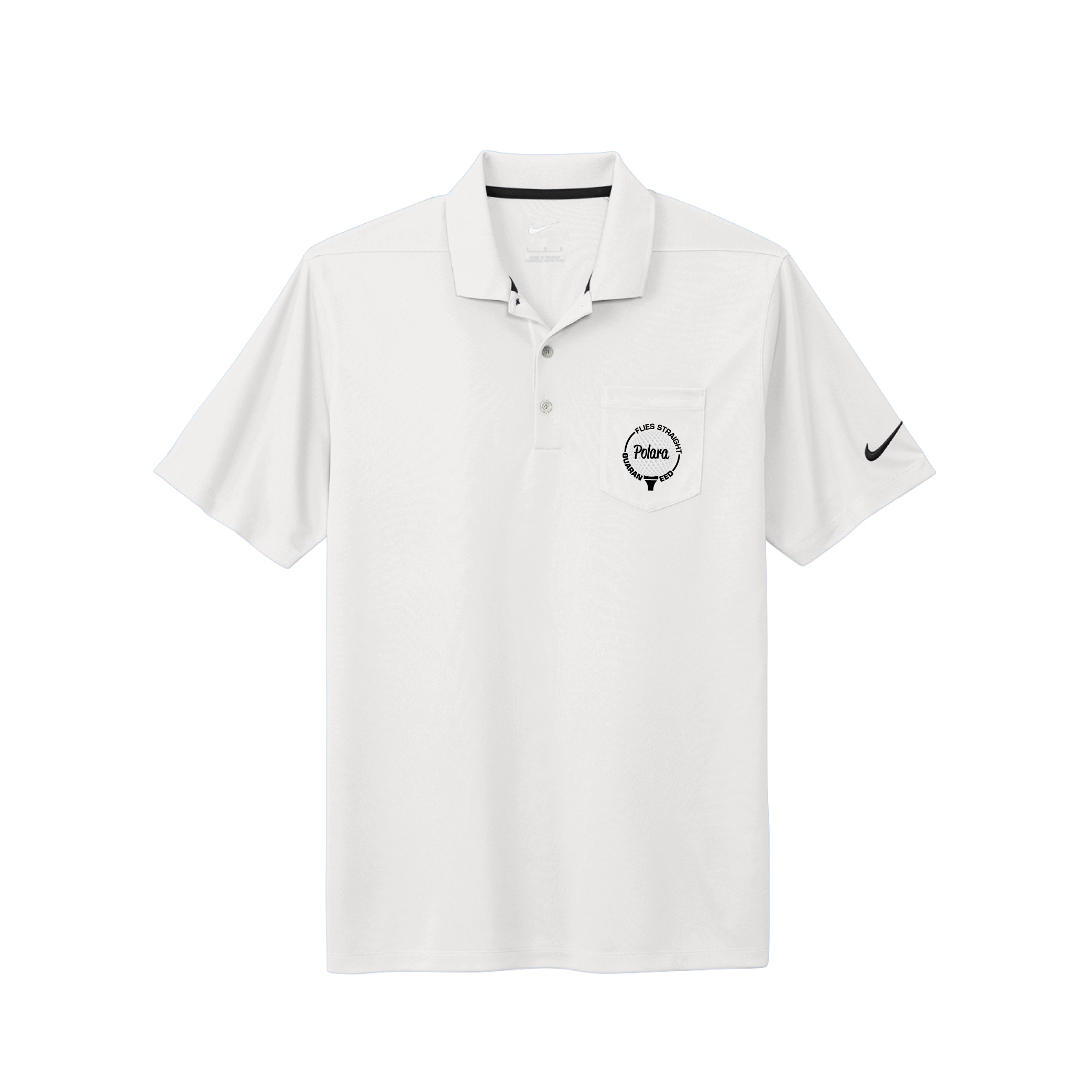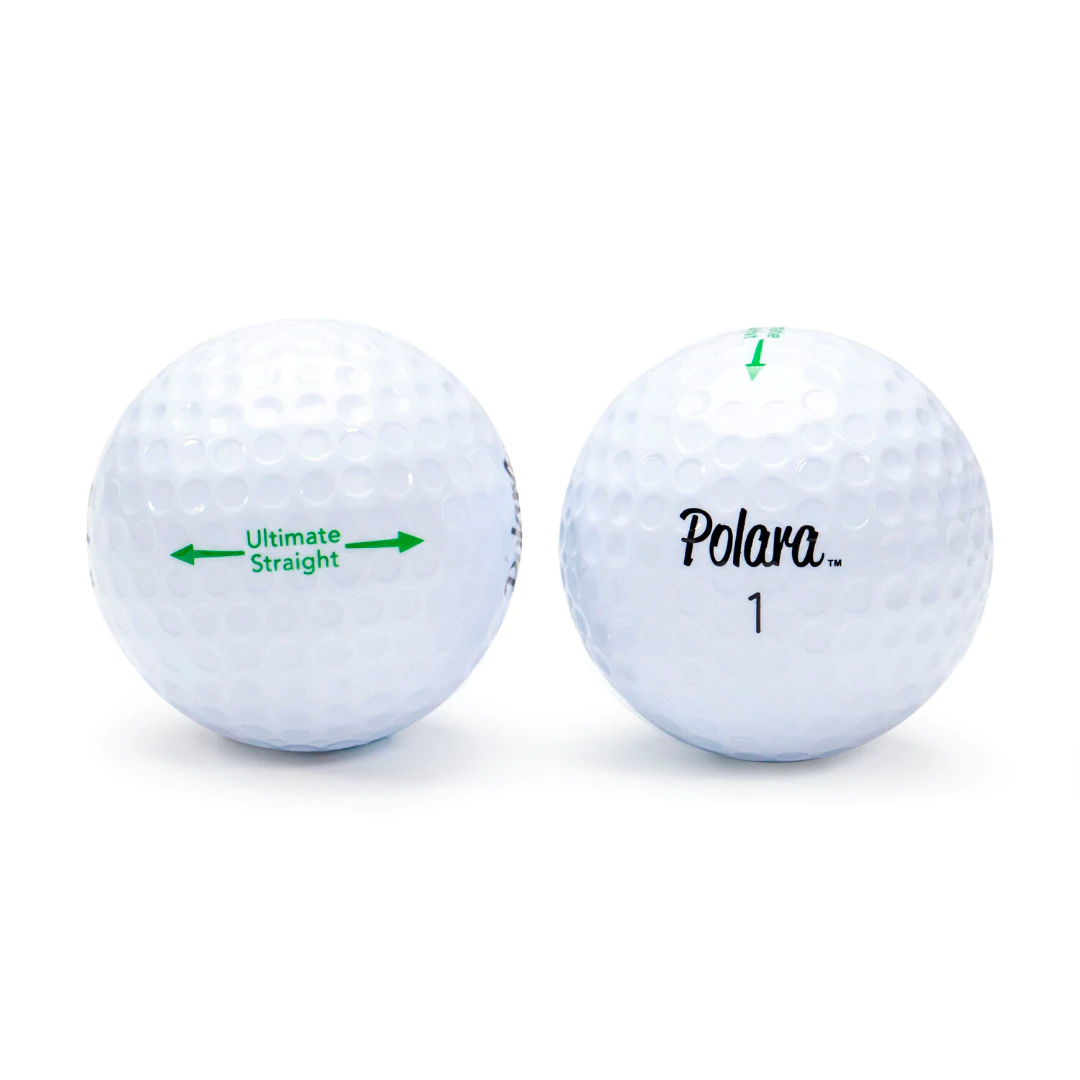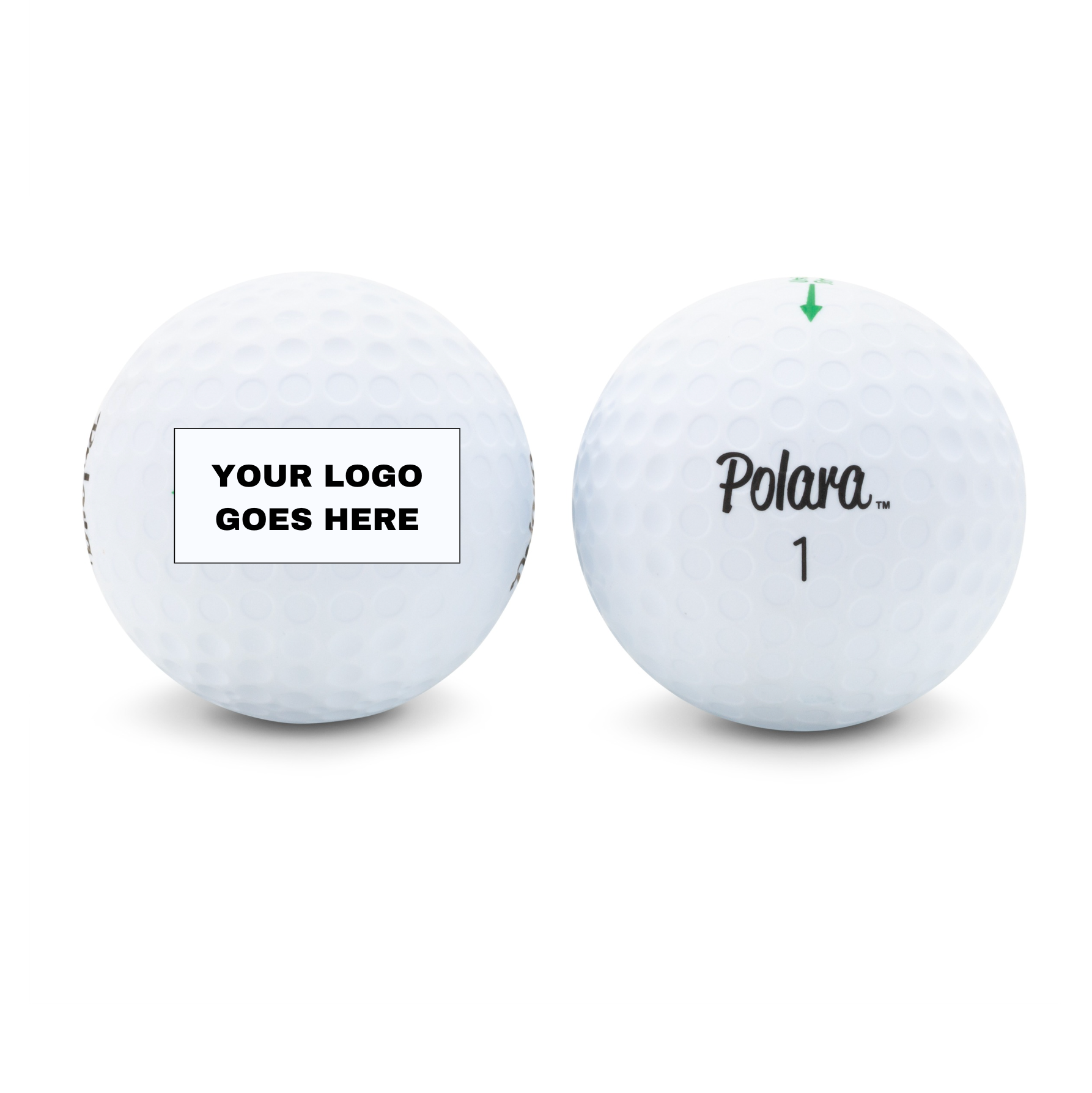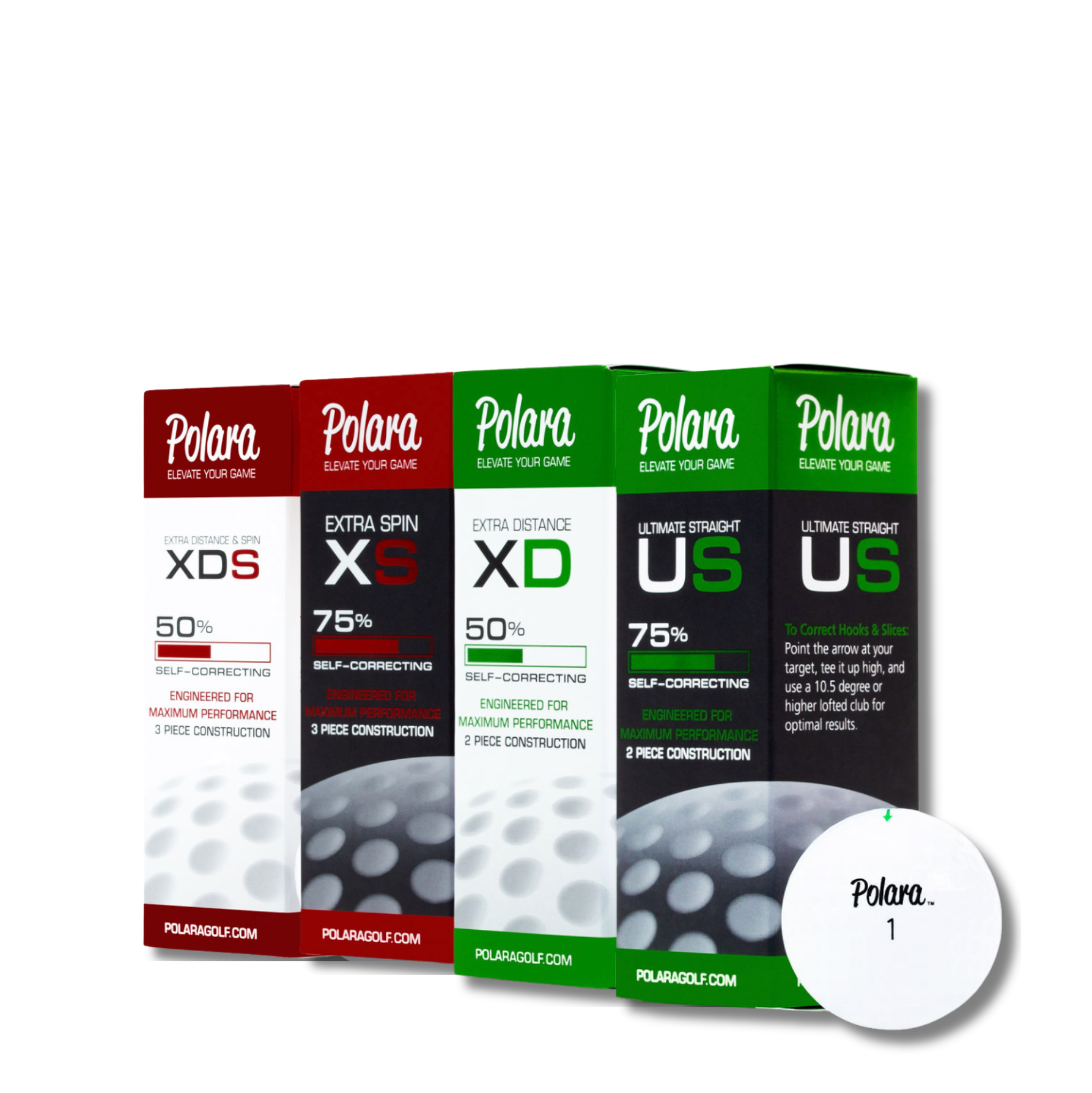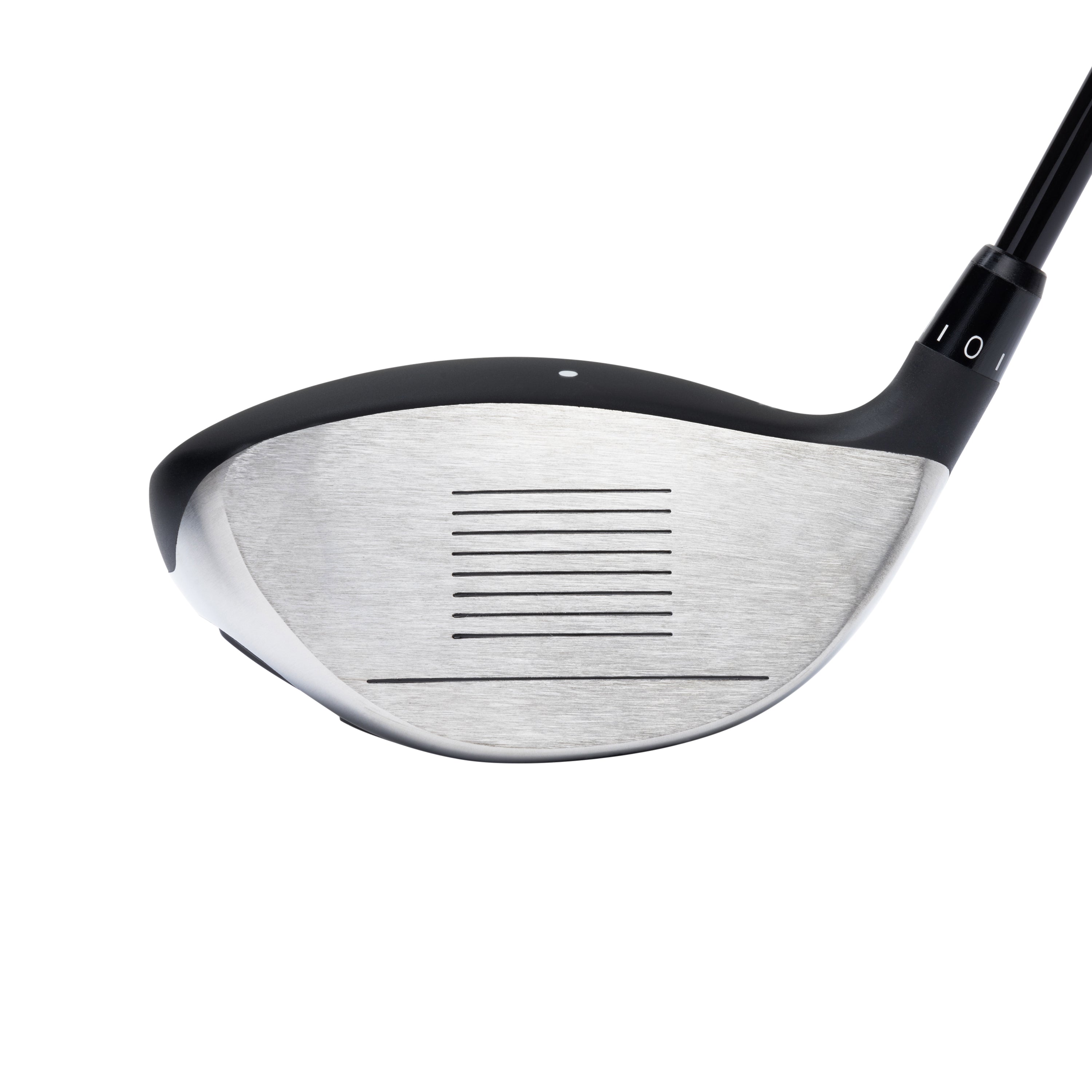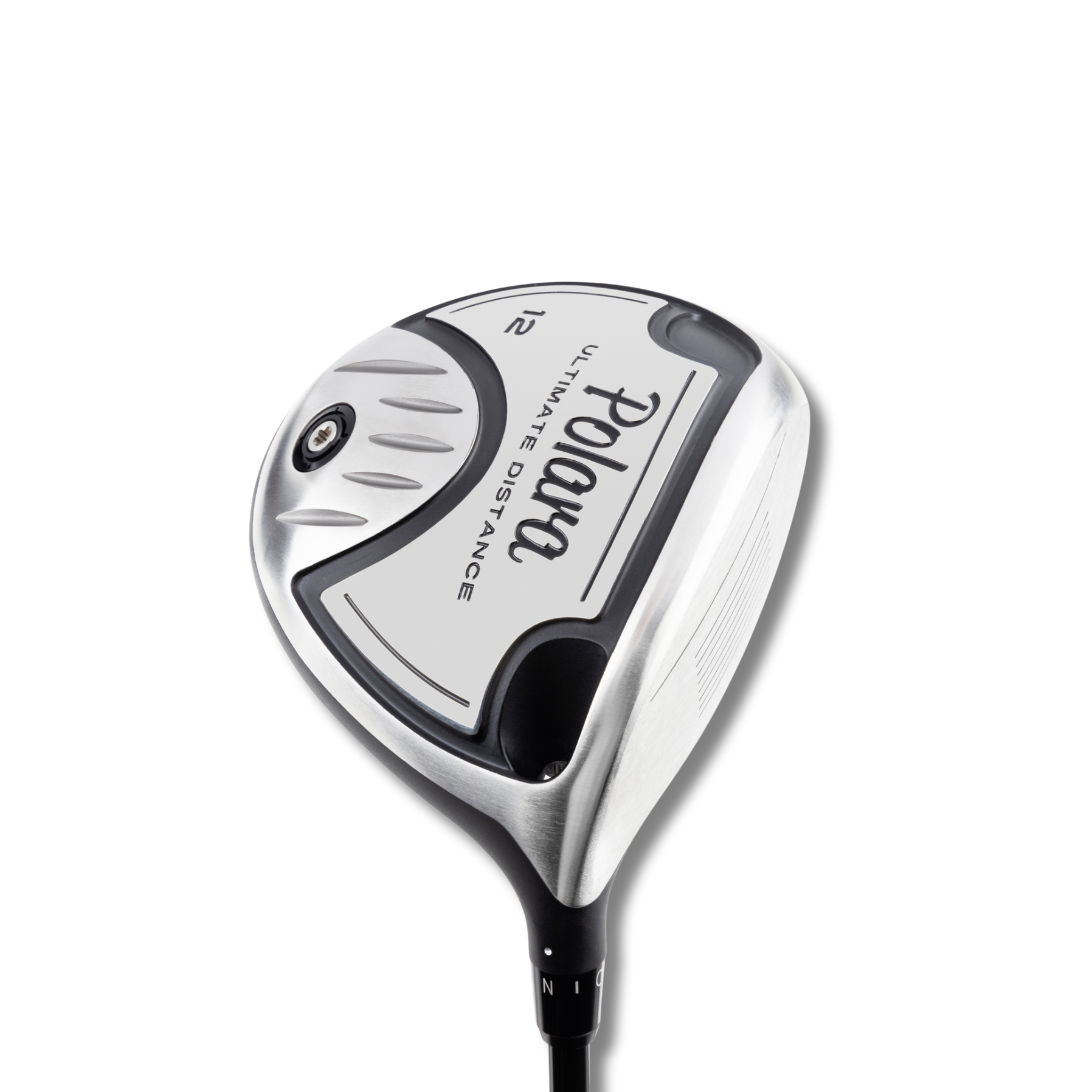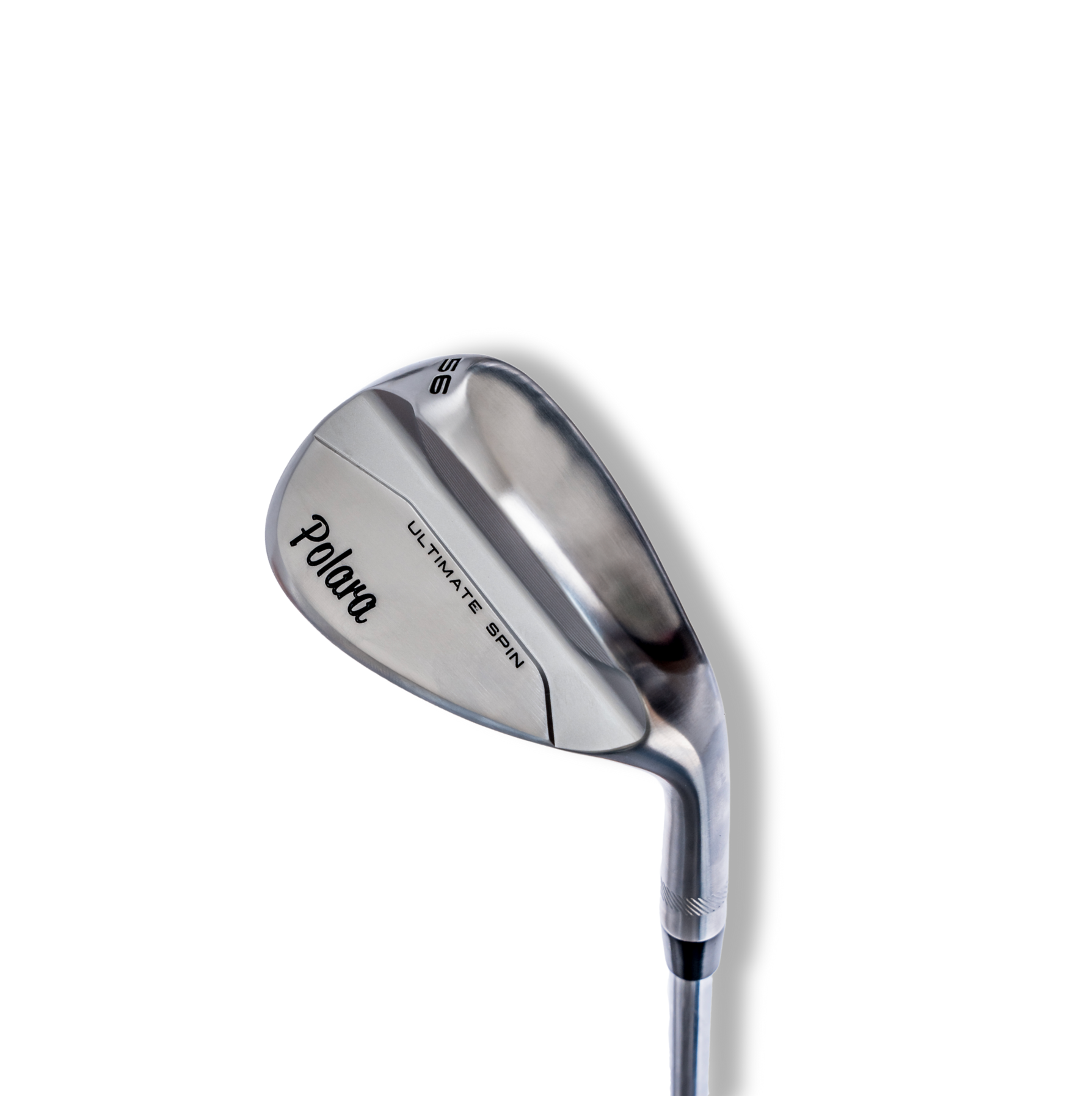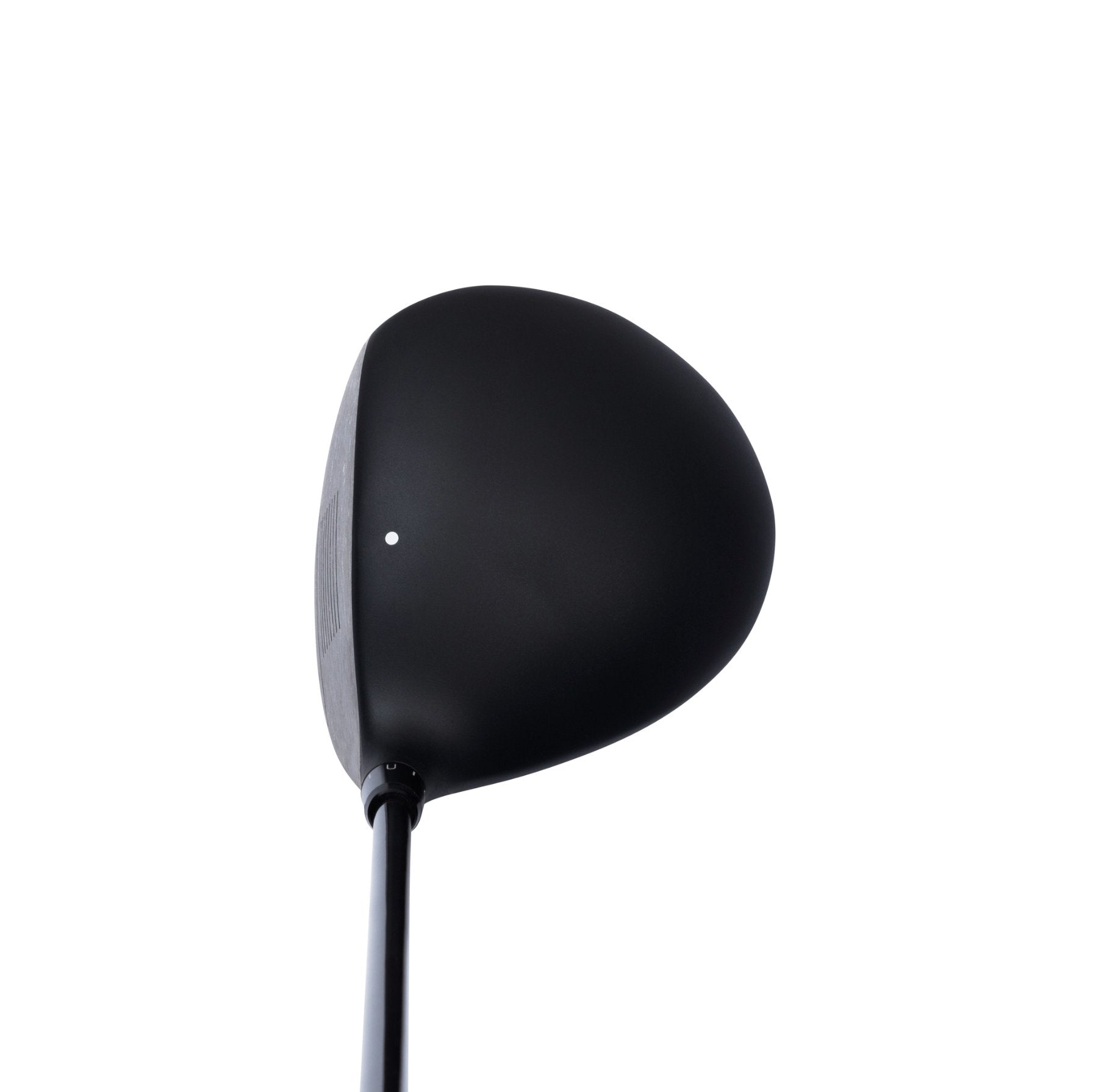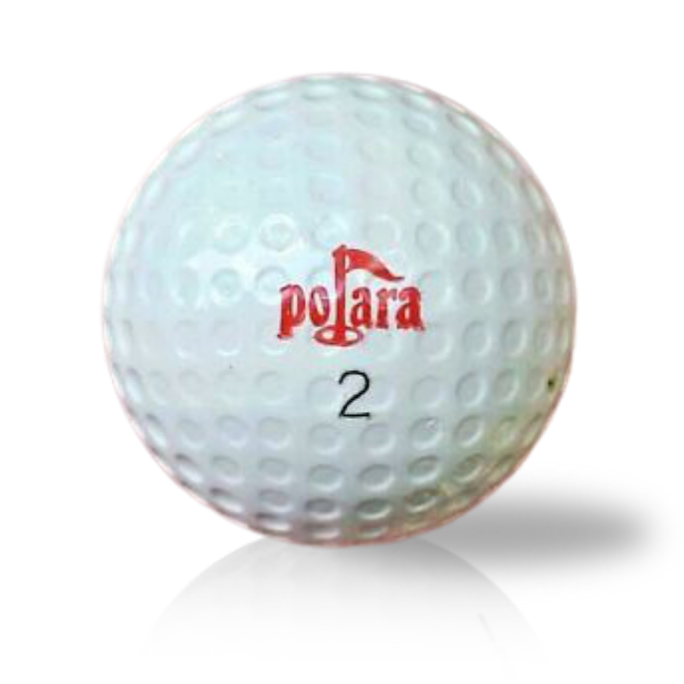
Our legacy
First patented by a nongolfing physicist and a chemist - had distinctive shallow dimples at the two poles of the ball and deeper dimples around the ball midway between the poles. Testing proved that the ball design Could help straighten poorly hit balls and the Company immediately sold more than 100,000 packages of a dozen balls in 1977.
Such popularity gained the attention of leading ball makers who pressured the USGA to take action against Polara. Although the ball met existing standards, the USGA outlawed the ball from USGA competitions with a new rule disallowing designs that change ball flight by varying dimple depth.
When bad publicity put the Company out of business, Polara Enterprises Inc. sued the USGA, alleging it colluded with the former Golf Ball Manufacturing Association, to protect the ball makers from competition by undermining the Company. The USGA fought the charge, and in 1985 the case was scheduled to be heard in the U.S. Ninth Circuit Court of Appeals in San Francisco. But before the case was argued, Polara accepted the equivalent of $3.5 million settlement (in 2020 dollars).
Decades later Polara was reborn when the self-correcting concept was rediscovered. Under the technical direction of Douglas Winfield, PhD, the team set about redesigning the ball to dramatically improve its performance. The result is todays patented Ultimate Straight that corrects more than 75% of a hook or slice.
We continue to fulfill our mission by designing clubs and balls that maximize the joys of golf.
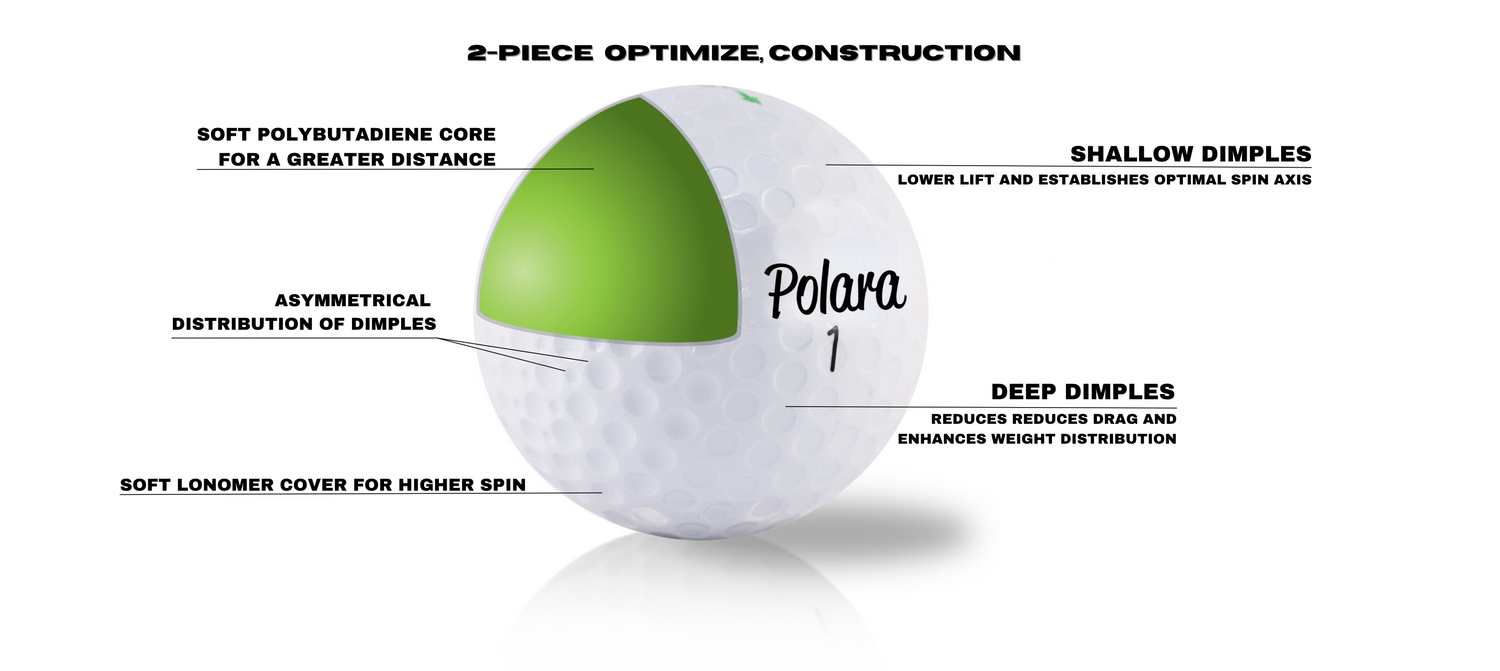
Read About
Our Self-Correcting Technology
Our international distributors
